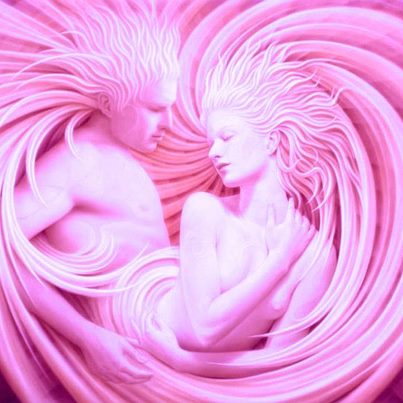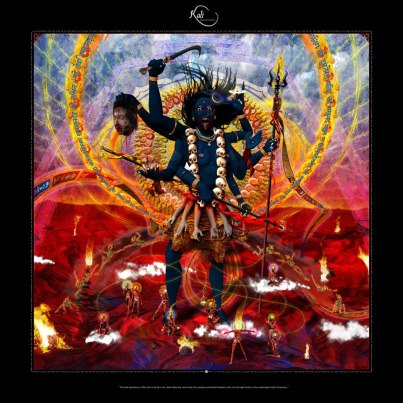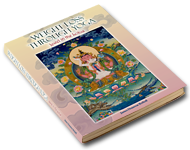There is a beautiful word for sex in the Sanskrit language, and that is Kama, which means sex-love together, undivided and indivisible. In Tantra, sex is always loving. Almost everyone is familiar with the 7th century classic the Kama Sutra, a Tantric treatise on lovemaking. Kama is also the name of the Hindu Goddess of love. And love is what Tantra encourages—total unconditional love, including the mind, the spiritual and the body.
Tantra doesn’t tell you to control or suppress your sexual urges to reach God, but rather says the opposite. It supports development of the vital energy to achieve union with Divinity. The essence of Tantra is the full expression of being—merging with, rather than a withdrawing from. It is the ultimate yoga, which is Sanskrit for union. In Tantra, the orgasm is the universe. You become part of the primal energy of everything. In the Kama Sutra, genital contact is but one of the many kinds of intercourse. Tantrikas learn to make love with everything, letting go of all barriers to pure bliss.
Sex becomes sacred and divine when you approach it from your heart and body, rather than your mind. It is common for Tantrikas to “drop their mind” when engaging in Tantric lovemaking. When the energy comes from a space deep within you—your essential Self—it connects you to God/Goddess/All That Is…moving you into the realm of spirit.







